If you’re making wraps, hot cross buns, part-baked bread, pancakes, crumpets, English muffins, brioche and waffles for supermarkets then pop open a bottle of Champers or more fittingly for these austere times an attractively priced Lidl Cava. If you’re supplying paninis, bagels, sticky buns, Danish pastries and pikelets, then break out a slab of value lager, close the curtains and start weeping.
The product winners and losers after a year in recession are a mixed bunch. Niche premium areas, like organic wrapped bread, fared particularly badly, down 30% with organic rolls plummeting 52%. Instead, people have flocked back to staples like white bread a category that has seen value raised by 13%. Within that, economy bread went up 23% and economy rolls by 81%.
According to its own Bakery Review 2009, Warburtons, has seen its value sales growth fall behind Hovis, Kingsmill and even own-label in the wrapped bread category. Hovis was the big winner on market share. Warburtons fared better against its rivals in wrapped rolls but all three brands saw roll sales decline, with own-label bucking the trend (up 9%), mopping up 4.6% extra market share in the process. The brands held their own against own-label wrapped bread.
"Roll volumes have been disappointing and the weather has had a part to play in that," says executive director Brett Warburton. "Equally, the weather will have a role next summer; a sunny day when England are playing in the World Cup, and sales will go through the roof."
One area that has been turned on its head is loaf size. Previously, 400g was showing the highest growth but consumers are shifting back to the value perception of an 800g loaf. This, along with promotional deals and significant brand investment from all the leading manufacturers, has boosted volumes.
Promotional activity
"There has been unprecedented promotional activity in the bakery category," he says. "Having seen the white bread category decline almost my entire career, to see it rebound (value up 13%) in the current climate is interesting. Shoppers are seeking out value, but value is not just about price, it’s about quality."
One intriguing area of NPD ahead that follows the freeing up of bread weight regulations will see more loaves launched outside the 400g/800g packs of old the latest of which was Kingsmill’s 525g Little Big Loaf in September.
"The 600g loaf has been a key growth area for us," says Warburton. "But the consumer has to understand where these different points fit so that they can make a rational decision without that value proposition being compromised. If you start bombarding them from a Warburtons perspective with umpteen different weights, we’ll lose the rationale somewhere along the line. We’re keen not to confuse the consumer."
So how will consumer trends pan out? Warburtons’ customer strategy manager Martin Baptie notes that there has been a seismic shift in the three macro drivers of food consumption ’enjoyment’, ’health’ and ’practicality’ (defined by TNS Usage panel). Health is no longer the runaway growth area.
"Ever since the recession took hold, ’practicality’, which had previously been in decline, has actually come into the highest growth of all these measures," he says. "People are seeking more filling products, food that complements other food products. At the same time ’health’, has seen growth suppressed, although it’s still in growth and there are long-term trends that continue to exist."
Increased practicality means people are cutting back on discretionary spend and looking for a lower cost per serving. "Where you had a family member buying, say, bagels to make sandwiches for lunchtime, they will cut back and replace them with bread."






















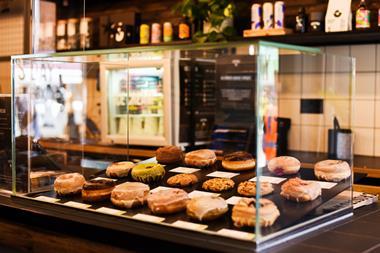
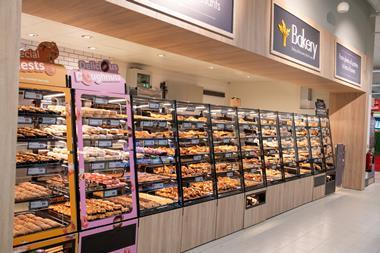
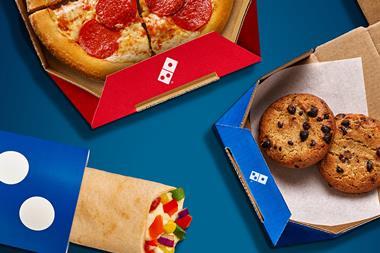
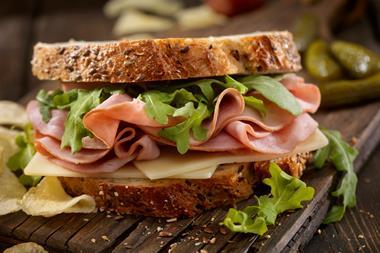
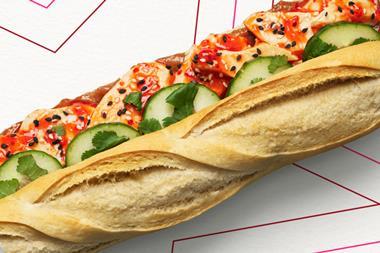








No comments yet